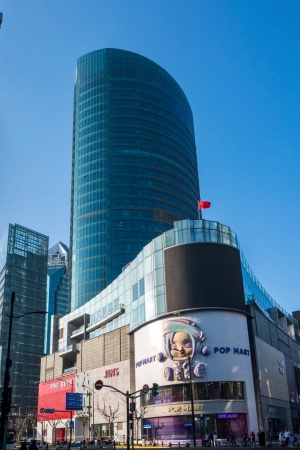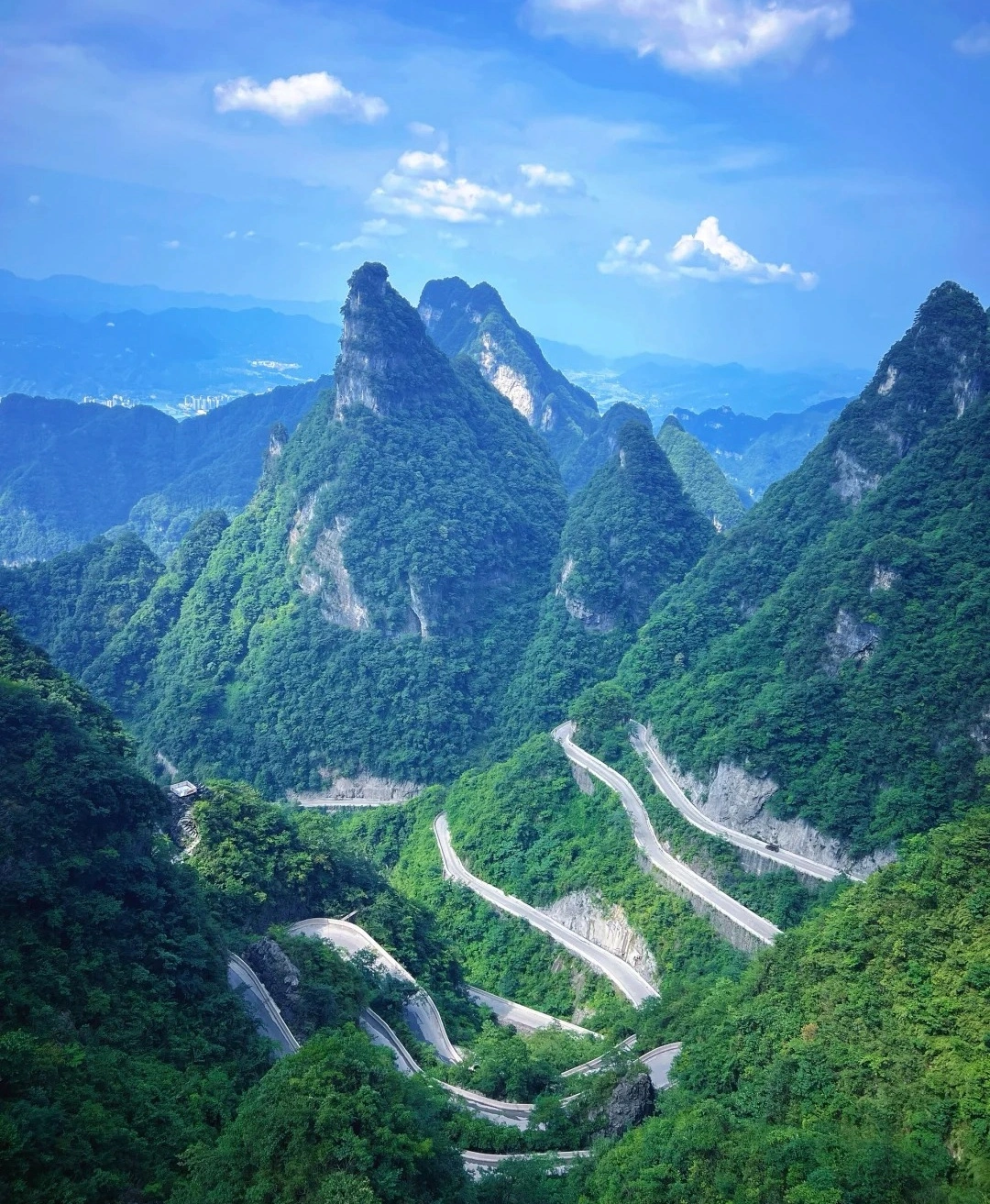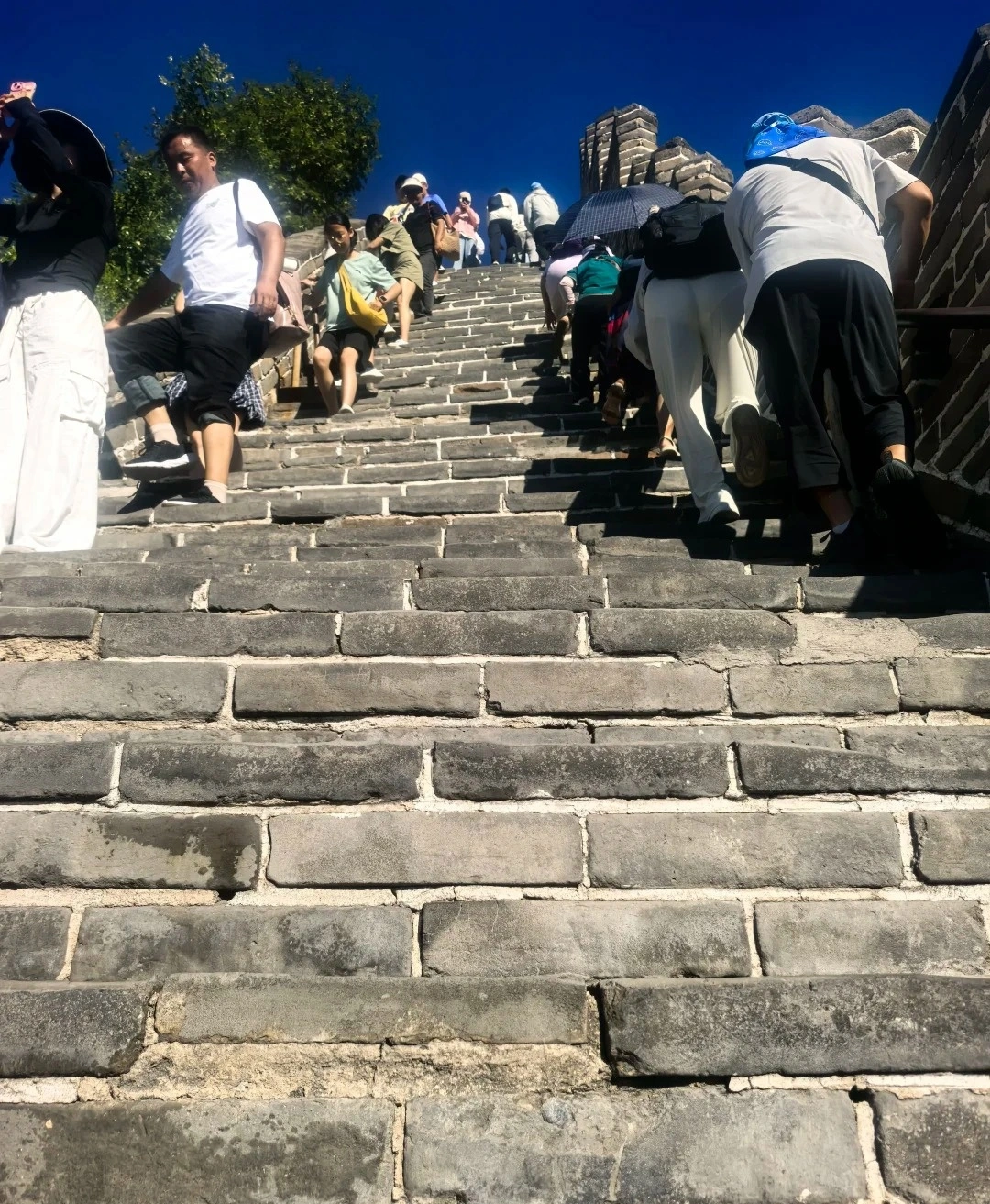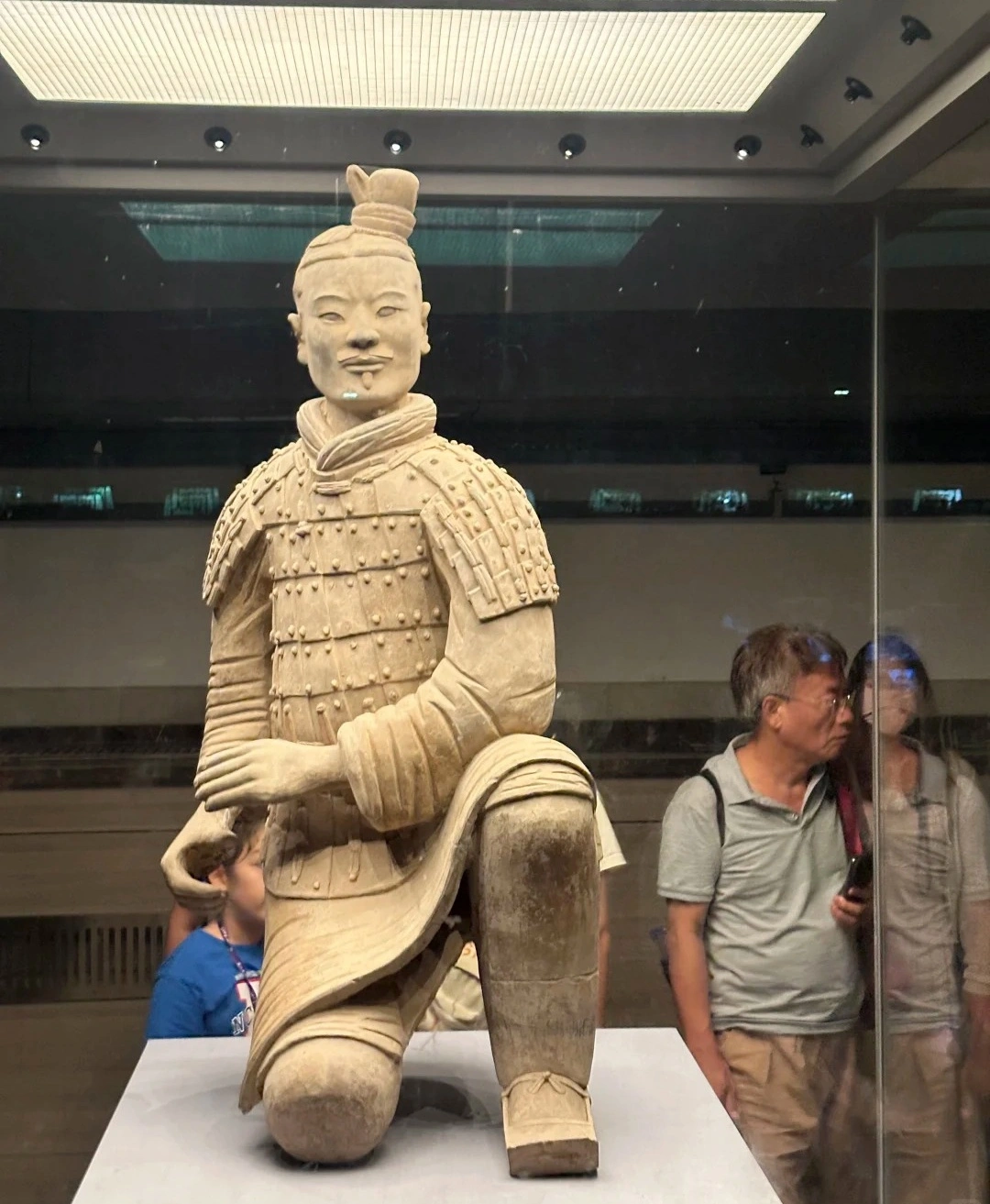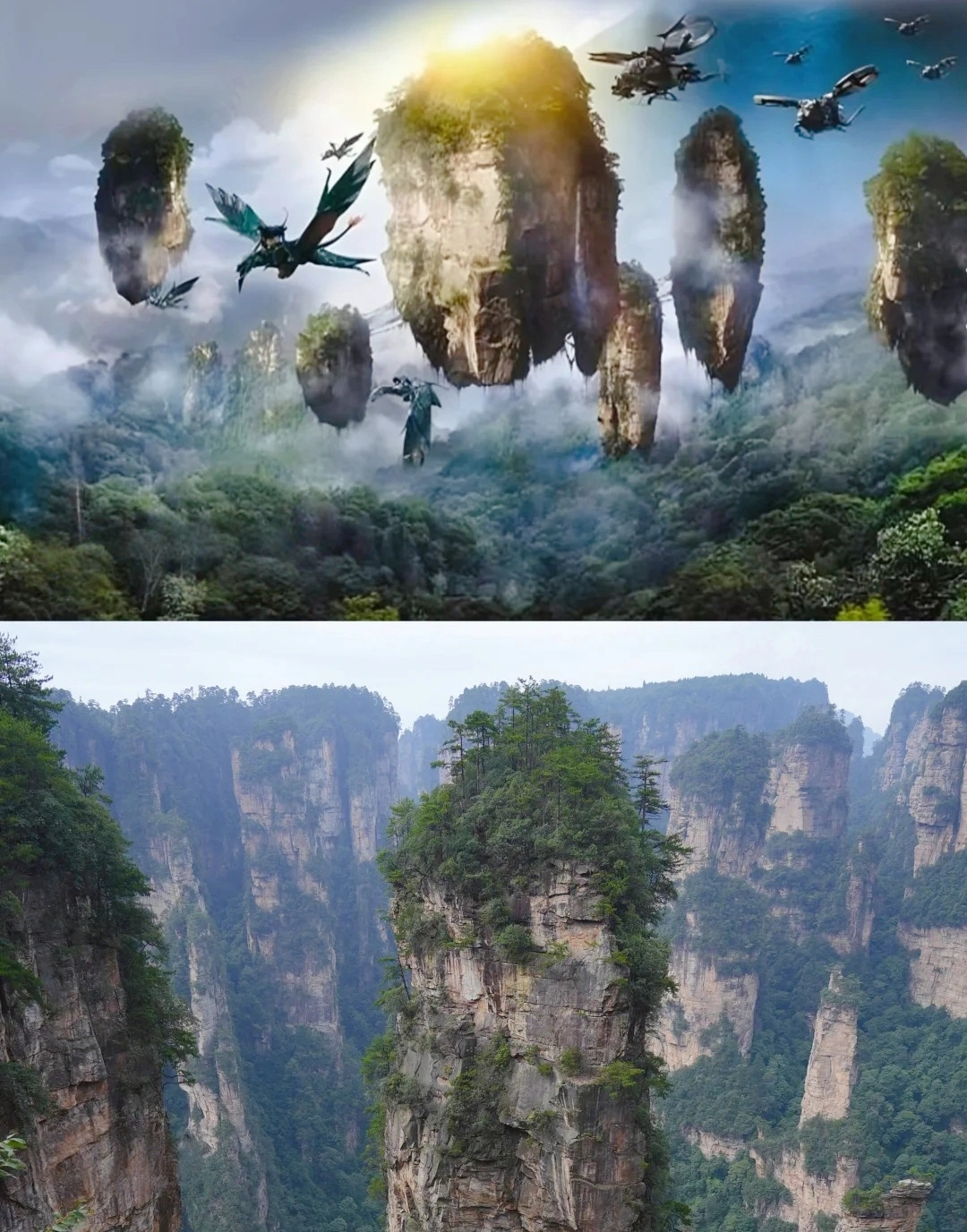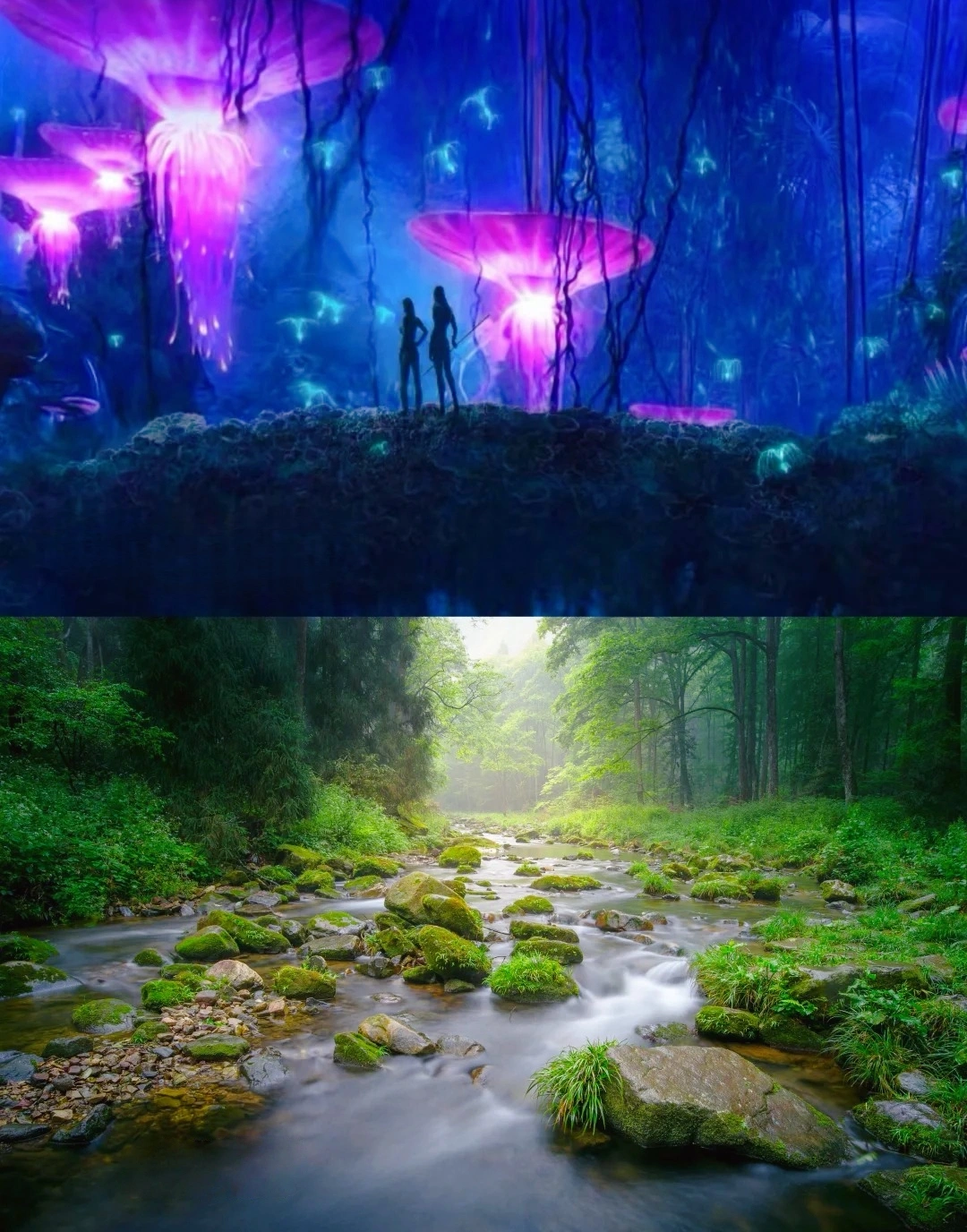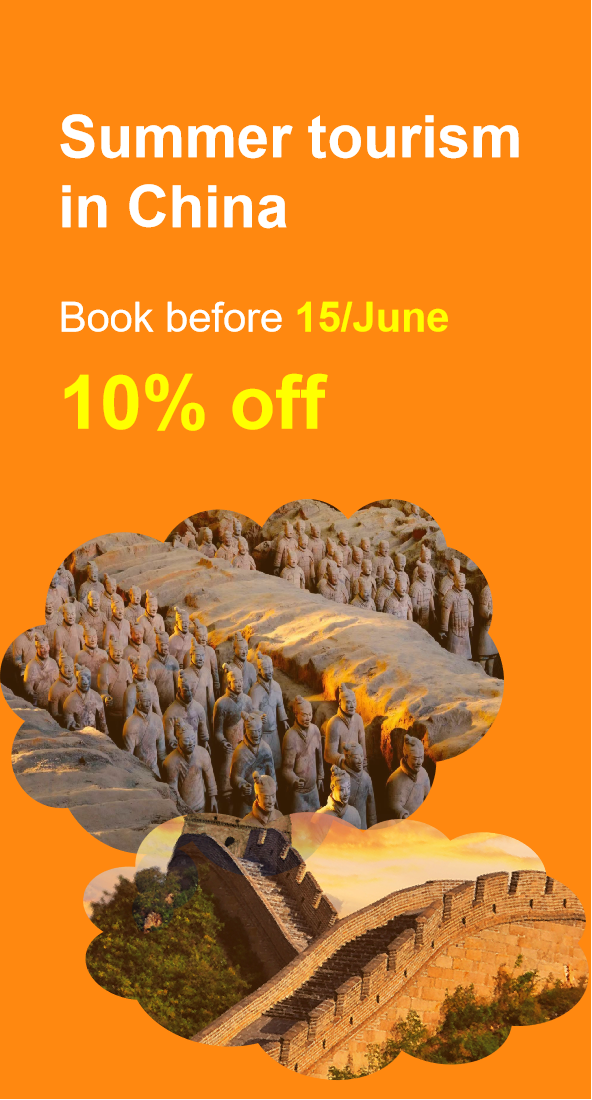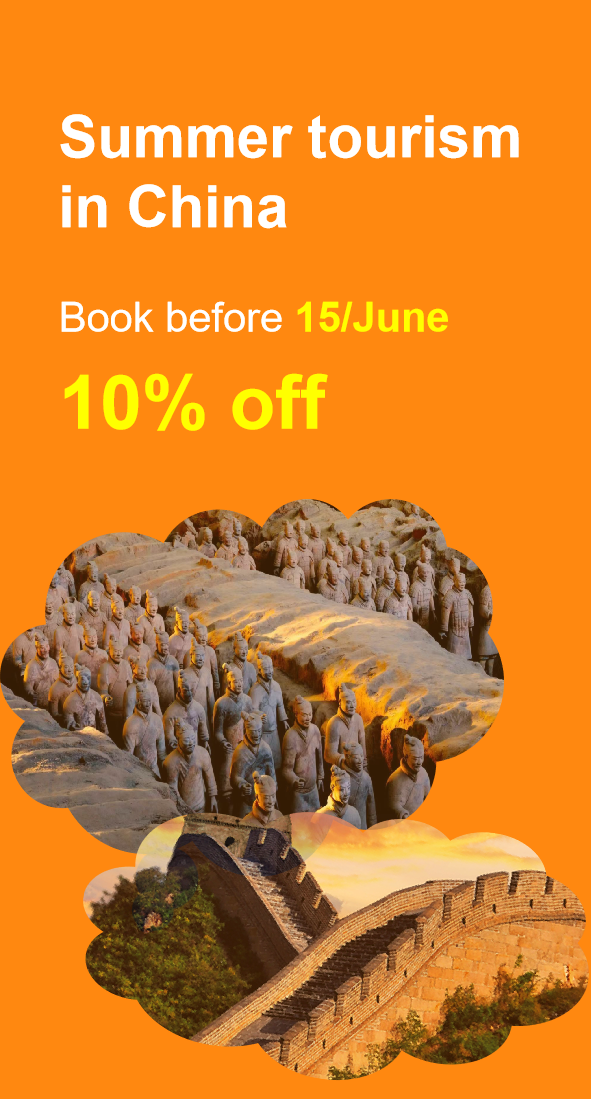Discover Zhangye's Rainbow Mountains: A Journey Through Earth's Ancient Palette
Introduction: Where Geology Meets Art
Welcome to Zhangye Danxia Landform, a UNESCO World Heritage Site in northwest China’s Gansu Province. Known as the “Rainbow Mountains”, this surreal landscape features undulating hills painted in stripes of red, yellow, green, and blue—a masterpiece crafted by 100 million years of geological evolution. Nestled between the Qilian Mountains and the Gobi Desert, Zhangye’s colorful hills are a testament to nature’s artistry, blending science, history, and breathtaking beauty.
Geological Wonders: How the Rainbow Was Born
1. The Science Behind the Colors
Zhangye’s hills owe their vibrancy to sedimentary layers formed during the Cretaceous period (145–66 million years ago). Over millennia:
- Mineral Deposits: Iron oxides (rust) created reds and yellows, while copper and chlorite minerals added greens and blues.
- Climate & Erosion: Arid conditions preserved the colors, while wind and water sculpted the soft sandstone and mudstone into waves of rock.
- Tectonic Movements: Earthquakes tilted the layers, exposing cross-sections like a giant geological cake.
2. Danxia vs. Colored Hills: What’s the Difference?
- Danxia Landform: Steep cliffs and towers formed by hard sandstone (e.g., “Seven-Color Fairy Mountain”).
- Colored Hills (Caiqiu): Gentler, rolling slopes made of softer mudstone, displaying intricate patterns.
Zhangye is unique for combining both in one spectacular area!
Must-See Highlights: A Photographer’s Paradise
1. Seven-Color Fairy Mountain (Qicai Xianyuan Tai)
- Climb the wooden walkway to overlook layers of crimson, amber, and emerald.
- Fun Fact: This spot was featured in Zhang Yimou’s film A Woman, a Gun, and a Noodle Shop.
2. Rainbow Hill (Caihong Shan)
- Best viewed at sunset, when golden light ignites the hills like a molten lava flow.
- Pro Tip: Bring a polarizing filter to reduce glare and enhance colors.
3. Maze Valley (Maze Gu)
- Wander through narrow canyons where wind has carved swirling patterns into the rock.
4. Hot Air Balloon Ride
- Soar above the hills at dawn for a bird’s-eye view of this “painted desert.”
Cultural Context: A Silk Road Crossroads
Zhangye sits on the ancient Silk Road, where merchants, monks, and artists once traveled. The region’s diversity is reflected in:
- Yugur Ethnic Culture: Meet the Yugur people, a Turkic minority known for colorful traditional dress and equestrian skills.
- Historic Sites: Visit the Giant Buddha Temple (home to a 34.5-meter sleeping Buddha) or the Mati Temple grottoes, carved into cliffs like a smaller version of Dunhuang’s Mogao Caves.
Practical Tips for Travelers
1. When to Go
- Best Season: September–October (mild weather, vivid colors).
- Avoid: July–August (heatwaves) and December–February (cold, snow).
2. What to Wear
- Layers: Mornings/evenings are chilly; afternoons can be hot.
- Footwear: Sturdy shoes for hiking trails.
- Accessories: Hat, sunglasses, and high-SPF sunscreen (the desert sun is fierce!).
3. Photography Tips
- Golden Hours: Shoot at sunrise or sunset for soft, warm light.
- Rainy Days: Post-rain clarity makes colors pop!
- Drone Policy: Not allowed; use telephoto lenses instead.
4. Respect the Landscape
- Stay on marked paths to protect fragile rock formations.
- No touching or climbing the hills.
Nearby Attractions: Extend Your Adventure
- Pingshan Lake Grand Canyon: Hike through red-rock canyons with turquoise rivers.
- Zhangye Wetlands: Spot migratory birds in this lush oasis.
- Camel Rides: Experience the Silk Road spirit in the nearby desert.
Conclusion: A Landscape Out of a Dream
Zhangye’s Rainbow Mountains are more than a geological marvel—they’re a reminder of Earth’s creative power. As you stand amid these technicolor hills, you’re not just witnessing beauty; you’re stepping into a story written over eons, where every layer holds a clue to our planet’s past.
Final Tip: Stay overnight in Zhangye City to catch both sunrise and sunset views. And don’t forget your camera—this is one place where words fail, but pictures truly come alive.
Contact Us
What Our Clients Say?
Based on 10,000+ traveler reviews
